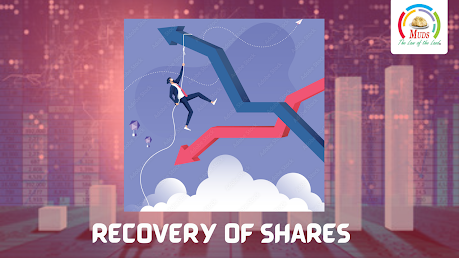When and how are ESOP Perks Redeemed?
When an employee stock ownership plan user's service is ended during early retirement, incapacity, or death, the employee stock ownership plan is often obligated to begin dispersing that employee's vested gains during the plan year after the retirement, disability, or death.
Plan member distributions can be
provided in a lump amount or in essentially equal increments over a five-year
or less period, with payments made at least yearly — although they can also be
made at shorter intervals. Exceptions to distribution timing criteria can be
allowed for plans with large balances, extending distributions by one year for
every $230,000 in excess of $1,165,000 in balance (in 2021; amounts are updated
annually by the IRS).
These distribution time criteria,
however, include two major exceptions for employee stock
ownership plans:
1.
If
employment is terminated or separated from service for reasons other than
retirement, disability, or death, payments can be deferred until no later than
the sixth plan year after the plan year in which employment is ended. When an
employee's employee stock ownership plan
balance exceeds the cash-out provisions of the plan, the employee may choose to
delay the distribution until retirement age or some later period, as specified
in the company's written ESOP plan.
2. If the ESOP is
leveraged, that is, the ESOP trust borrowed cash to acquire shares of the firm,
the corporation can normally postpone the distribution of share values until
the plan year after the plan year in which the ESOP loan is fully paid off.
Special regulations apply to shares
bought by the ESOP before to 1987, which may allow payouts to occur far later
than the current ESOP plan criteria. It's also worth noting that these are the
federal minimum criteria for ESOP payouts.
While participants are still working,
there are other alternatives for in-service distributions. Any of the
following exclusions must be articulated in the ESOP's documented distribution
plan and policy documents:
- Distribution
of benefits to working workers beyond the age of 70-12
- Employees receive direct dividend payments.
- After a defined term of employment, in-service
payouts are made. These are known as "Hardship" distributions.
- Employees over the age of 55 who have been
plan contributors for more than ten years are eligible for diversification
payouts.
.png)
.png)
.png)

Comments
Post a Comment